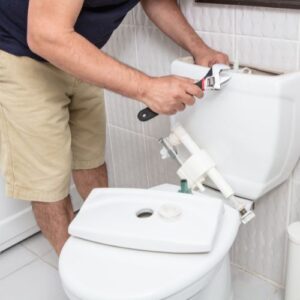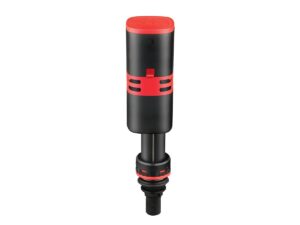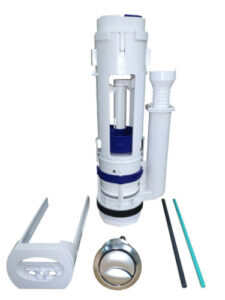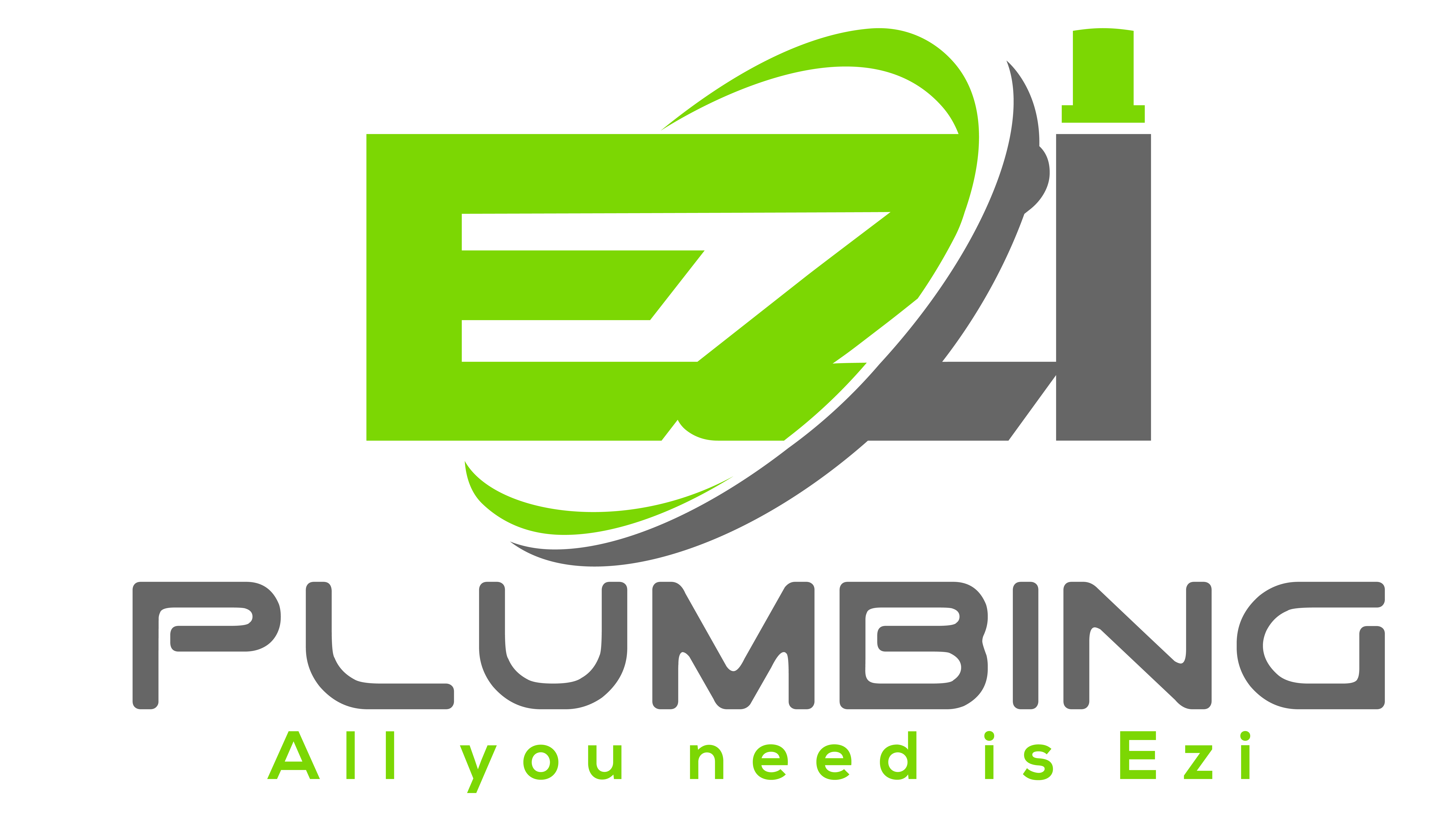The cistern is used to store water that is used for flushing toilets and other purposes. Cisterns range in physical appearance and sizes but are generally rectangular in shape with rounded edges for aesthetic reasons.
Repairs and installations can be complex and should be performed by a licensed plumber. However, if you are handy and watch the right YouTube video some problems can be fixed by you.

What are the 2 most common cistern repairs?
A cistern is a water storage tank that is typically found connected to your toilet or water closet (WC) and contains two (2) valve mechanisms.
- Inlet water valve
- Outlet valve


Cistern repairs may be needed due to leaks, cracks, or damaged valve mechanisms. In addition to repairing the tank and the parts within, a plumber may also need to repair or replace any associated piping or valves. The areas for concern are.
- The water isolation valve or plumber in a terms “mini cistern tap” can begin to leak through the stem (spindle). You might notice a leak coming from inside the handle.
- If a flexible hose (stainless braided hose) has been used to connect the valve to the cistern, these can leak or burst unexpectedly. All flexible holes should be replaced at intervals not exceeding 5 years.
- The mini cistern tap will not turn off.
Let’s get back to the most common problems and they live within the cistern.
Why is my cistern running constantly?
There are only two possible causes: a faulty inlet valve or a faulty outlet valve.
- The cistern inlet valve controls the water entering the cistern. It is a float valve, so when you flush, the float drops opening the valve and letting the water in and as the cistern fills the float rises. When the water gets to the fill level the float closes the valve stopping the water. All cisterns have an overflow into the toilet bowl so that the bathroom cannot be flooded in the event of a faulty inlet valve.
- The cistern flush valve or outlet valve as it known allows water to flow into the pan. Simply it is a just a flat rubber washer. However, with all the different brands of cisterns and there are a lot of different washers which can make it difficult for the DIY person to identify just which one is needed. The flush mechanism is quite complex and can be difficult to get out. The older the cistern is, the more brittle the plastic parts can become and any repairs should be left to a plumber.
It’s important to repair leaks as soon as possible to prevent water damage and avoid wasting water.
Cistern repairs and installations can be complex and should only be performed by a licensed plumber who has the knowledge and expertise to properly assess the condition of the cistern and make any necessary repairs or installations.
Do you need a plumber to install a cistern?
Yes, it is recommended that you call a licensed plumber to install a cistern. Cistern installations can be complex and require specialised knowledge and skills to ensure that the cistern is installed properly to the water supply system and the fixture (WC).
A plumber will have the necessary tools and equipment to properly assess the condition of the cistern and make the necessary repairs.
The plumber will also need to run new water lines, and ensure that the new cistern is properly sealed and connected to the plumbing system, if required.
In summary, it is best to hire a licensed plumber for cistern installation as they have the necessary knowledge, skills, and equipment to ensure that the cistern is installed properly and in compliance with local building codes and Australian Standards.
Can you replace toilet cistern only?
Yes, it is possible to replace a toilet cistern without replacing the entire toilet. It involves removing and replacing the cistern portion of the toilet.
In some cases, the cistern and toilet bowl may be connected in a way that makes it difficult to separate them, in which case it may be easier to replace the entire toilet.
It’s also important to check that the new cistern is compatible with the existing toilet bowl before purchasing.
Should you replace the toilet as well?
Most toilets, pans or WC’s are made from glazed vitreous china. They generally wear fairly well on the outside and mild soap and water will remove most marks
On the inside can be a different story as the tend to stain more easily the older they get. While they can be cleaned with a toilet cleaner they tend to not to stay as bright for long.
Older cheaper toilets were traditionally coupled with a plastic cistern. Plastic over time goes yellow and becomes chalky on the outside. Sometimes a cistern replacement with a new link and toilet seat can make the toilet suite look like new.
Is a leaking cistern emergency plumbing?
No, I would not consider, water leak running into the toilet to be an emergency. While it can be annoying, the water can be shut off at the mini tap beside the toilet.
Yes, may need a plumber to do a repair but that can happen during normal business hours and when it is convenient to you.
On the other hand a blocked toilet would be considered emergency plumbing. Plumbing services out of hours can be expensive if a call out is charged on top of the labour. However check with the plumber if they charge a call out on top of their usual rate.
Caroma Cistern Installation Instructions
The process for replacing a Caroma cistern is similar to replacing any cistern brand. The general steps may vary slightly depending on the specific model of toilet.
It’s important to ensure that the new cistern you are purchasing is compatible with your existing toilet before purchasing.
Here are some general steps for replacing a cistern:
- Turn off the water supply to the toilet by closing the valve located behind or beside the toilet.
- Flush the toilet to empty the cistern.
- Remove the lid of the cistern and set it aside.
- Disconnect the water supply line and unscrew the flush pipe from the bottom of the cistern.
- Remove or loosen the mounting screws that hold the cistern to the toilet bowl, using a long handle screwdriver.
- Carefully lift the cistern off the toilet bowl and empty any remaining water into the toilet pan. Set the old cistern aside.
- Turn off the water supply to the property. Remove the old isolation valve and replace with a new mini cistern valve.
- Turn the water back on and check for leaks.
- Check that the mounting screws are in the correct location. If not set out the fixing points to match the new cistern.
- Place the new cistern onto the toilet bowl, lining up the mounting holes.
- Connect the water supply line to the bottom of the cistern to the mini valve using a flexi hose.
- Turn the water supply to the cistern and check for any leaks.
- Adjust the water level in the cistern if necessary.
- Replace the lid on the cistern.
- Test the toilet by flushing it to ensure that it is working properly and there are no leaks.
Replacement Toilet Cistern Cost
The cost of replacing a toilet cistern can vary depending on a number of factors, such as the type of cistern, the brand, and whether you get a licensed plumber to do the work or if you are doing it yourself.
- If you are purchasing the cistern and doing the work yourself, the cost will likely be between $50 and $200, depending on the brand and type of cistern you choose.
- If you are hiring a plumber to do the work for you, the cost will likely be higher, with an average cost of around $200 to $500, depending on the complexity of the job and the hourly rate of the plumber.
It’s always a good idea to get a quote from a plumber or a hardware store before proceeding with the replacement.
Concealed toilet cistern problems
In-wall cisterns can create space within your bathroom. They also add to the aesthetics of the room by removing an on wall cistern. All you see is a set of buttons which can be matched to your decor.
Generally in wall cisterns will provide trouble free operations. However with age they can be subject to the same problems as an on wall cistern, but with the added disadvantage of them being install in a wall which gives them limited access.
Thats not to mean that a concealed cistern cannot be accessed to repair faulty parts. The buttons can be removed and this provides adequate space for a plumber to make the repairs.
Some of the problems that can be encountered with in-wall cisterns include:
- It is harder to repair or replace when a problem arises.
- It can be more expensive compared to an on wall toilet.
Toilet plumbing can be complicated.
As we’ve discussed, issues with a toilet plumbing can be quite complex to diagnose and sometimes easy to fix.

